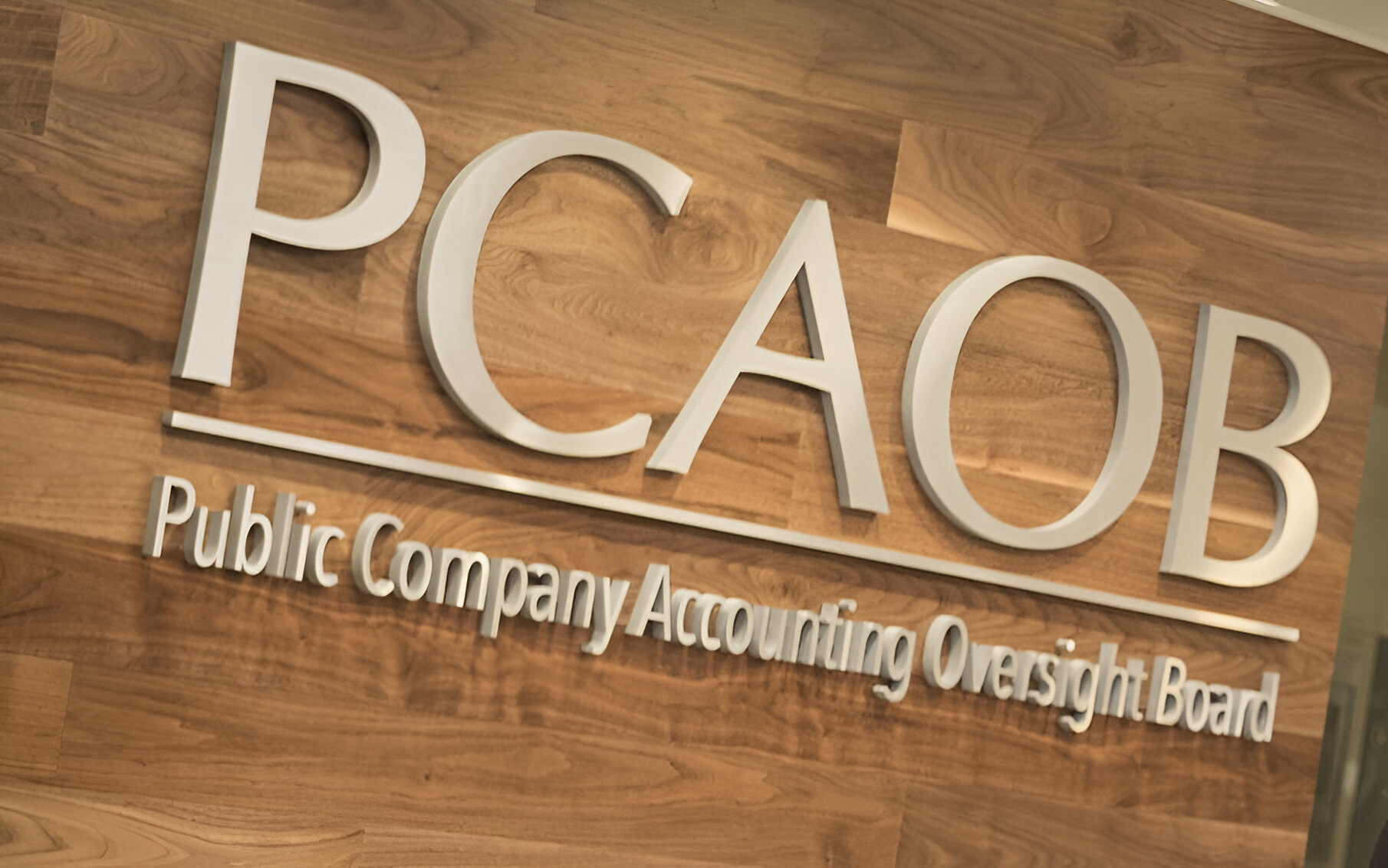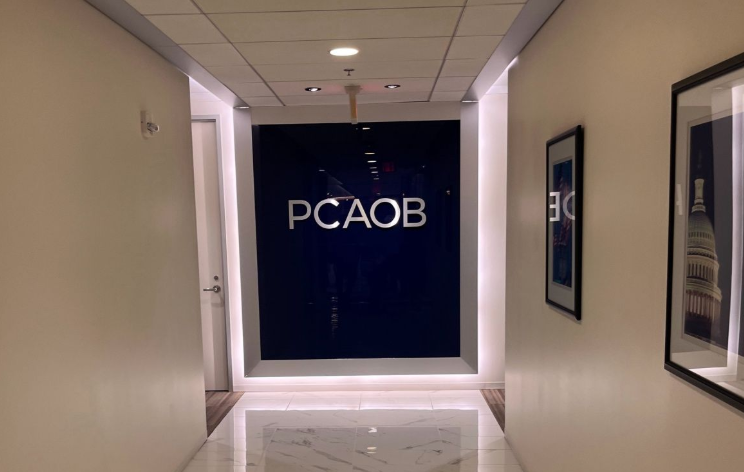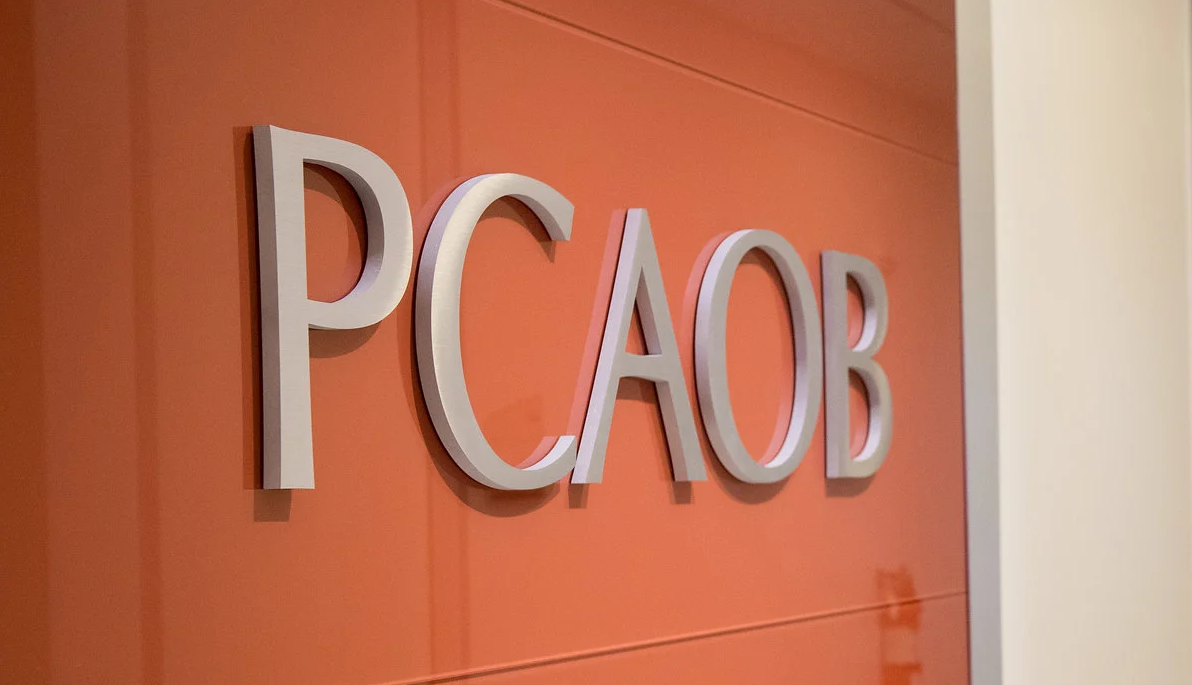Accounting and creativity? Unlikely though this pairing may seem, given the precision of one and the elusiveness of the other, accounting research has shown an increasing interest in creativity, particularly in how managers can use incentives to foster it. Now some new research in the American Accounting Association journal The Accounting Review approaches this question in a novel way, and in the process makes findings that run counter to much conventional thinking about creativity.
“Psychologists often advance the argument that creativity cannot be forced by incentives and may in fact by undermined by extrinsic incentives that crowd out the intrinsic motivation to be creative,” write the study’s co-authors, accounting professors Steven J. Kachelmeier of the University of Texas at Austin and Laura W. Wang and Michael G. Williamson of the University of Illinois at Urbana-Champaign. The professors concede it to be unlikely that the promise of rewards can directly advance creativity; yet, they surmise that it might do so indirectly “by priming the creative process, with gains to follow later.”
And this proves to be the case.
As they explain, “the distinguishing characteristic of our study is that we examine the effects of incentives on high-creativity production at two points in time, separated by an explicit incubation period that the psychology literature indicates is an integral part of the creative process…We find that a simple piece-rate compensation scheme for the quantity of ideas submitted yields more high-creativity ideas only in the second-stage task that occurs after the incubation period.”
In sum, quantity-based incentives “have an indirect effect by stimulating the creative process that benefits from incubation.”
And this effect, the professors find, is impressive. In one experiment, conducted in two parts, they found in the first stage that 1) paying individuals for the number of ideas they produced resulted in about twice as many ideas as were produced by individuals who were simply paid a fixed amount; but 2) the number of ideas judged highly creative was about the same in both groups. Yet, after a short period for incubation – that is, a pause in thinking about the task at hand – the group that was paid on the basis of quantity in stage one produced an average of 2.9 highly creative ideas in the experiment’s second stage, as compared to 2.06 by the other group.
In other words, combining incubation with quantity-based pay yielded a 40% boost in high creativity over its pairing with fixed pay.
Comments Prof. Kachelmeier: “The idea that an incubation period contributes to creativity is not new, but its practical value for managers seeking incentives for creativity has not been clear. A key question is, what incentives should be implemented initially to get the most benefit from incubation. In our study, we structured pay in several different ways and found that basing it on quantity paved the way for the best post-incubation results. In essence, the combination of quantity incentives with incubation produces a synergy, with the combination having a greater effect than simple addition of the two would suggest.”
Why should this be? The professors attribute it to the fact that an emphasis on quantity spurs divergent thinking – that is, thinking that departs from the norm “but is not necessarily effective or creative.” Quantity-based incentives are particularly likely to prompt divergent thinking because the “desire to generate as many ideas as possible motivates [individuals] to seek new patterns,” which enhances prospects for creativity. Or, as the study puts it, “first-stage divergent thinking mediates the second-stage creativity advantage of quantity incentives…consistent with the reasoning that thinking differently is a prerequisite to thinking creatively.”
The study’s findings derive from two experiments carried out with business-school students. In both, participants were asked to create rebus puzzles, which are riddles in which words and diagrams represent a familiar word or phrase. For example, one of the puzzles provided to participants as a sample consisted of a large, black numeral 1 with a white hole in the middle of it. The solution: a hole in one. Another consisted of a rectangle about three times higher than it was wide, with the word “chair” near the top. The solution: high chair.
In the first experiment, 103 participants were asked to construct in 20 minutes “high-creativity” puzzles, defined as those rated 6 or above on a scale of 1 to 10 by a panel of outsiders unaware of the experiment’s purpose. Notwithstanding these common instructions, participants were to be rewarded in four different ways for their efforts: 1) fixed pay; 2) pay based on number of highly creative puzzles; 3) pay based on the number above a minimum-creativity threshold (rated 4 or above); and 4) pay based on sheer number of puzzles, regardless of whether they were particularly creative or not. (Fixed pay was $25 for each participant; pay per individual in the three other groups ranged from lows of $5 to highs of $45).
Unsurprisingly, the fourth group created by far the most rebuses – 24 compared with an average of about 14 for the three other groups. High-creativity puzzles were a lot rarer, with individuals in the third group (minimum-creativity threshold) scoring significantly lower than the rest with an average of only 1.4 compared to about 2.6 for the three other groups (whose performances were roughly similar to each other). Thus, incentives had little immediate effect on creativity.
But then participants returned 10 days later to collect their pay and were asked, at their discretion but without being alerted beforehand, to try their hand for 15 minutes or so at creating more puzzles. This time, group four, which was originally paid based on sheer quantity, scored highest on high creativity and was the only group that scored significantly higher than the fixed-pay group.
Was this just some kind of quirk or accident? To see, the researchers carried out a similar experiment, with 63 students at a second campus. Since only a quantity-based group had outperformed a fixed-pay group in the first experiment, the new experiment consisted solely of these two groups. Another key difference: the time was vastly shortened between stage one and stage two, with students devoting 12 minutes to creating puzzles followed by a pleasant 20-minute, chaperoned stroll on campus (with no talking among participants or on cell phones) followed by a second 12-minute work period. The quantity-based group created not only twice as many puzzles as the fixed-pay group in this second period but 40% more that were highly creative. Foreshadowing this result, they had also produced close to 75% more divergent ideas in the first work period, an indication that divergent thinking under quantity incentives led to subsequent gains in creativity.
Despite the fact that experiments with business students are some distance from challenges in business organizations, the professors see their findings as having value for real-world managers. Comments Prof. Kachelmeier: “The key point is that motivating raw effort is not incompatible with fostering creativity, as some of the psychology literature suggests. Quite the contrary, raw effort paves the way for creativity, provided that it is combined with relaxation. A core management skill, in fact, may be an ability to have an environment where the two co-exist – hard-driving effort on the one hand followed by relaxation and fun on the other.”
A salient corporate example of this combination on a large scale, the professor believes, is none other than Google. “Perhaps no company pushes its employees harder,” he says, “but Google also assigns a premium to a mindset that lets employees break from the stress and reflect. In some sense, it incorporates highly incentivized preparation with ample opportunity for incubation.”
The study, “Incentivizing the Creative Process: From Initial Quantity to Eventual Creativity,” is in the March issue of The Accounting Review, a peer-reviewed journal published six times yearly by the American Accounting Association, a worldwide organization devoted to excellence in accounting education, research, and practice. Other journals published by the AAA and its specialty sections include Auditing: A Journal of Practice and Theory, Accounting Horizons, Issues in Accounting Education, Behavioral Research in Accounting, Journal of Management Accounting Research, Journal of Information Systems, Journal of Financial Reporting, The Journal of the American Taxation Association, and Journal of Forensic Accounting Research.
Thanks for reading CPA Practice Advisor!
Subscribe Already registered? Log In
Need more information? Read the FAQs




